46 x 63 at sight (sheet: 50 x 67)
77 x 57 with framevery good print, with vivid colors
A cosmic face-off in the dreamlike universe of André Masson Master of automatic surrealism and a major figure in 20th-century art, André Masson explores fundamental dualities through The Moon and the Sun. Produced around 1970, this color lithograph demonstrates the maturity of his pictorial language, blending lyrical abstraction, totemic figures, and mythological impulses. In a dynamic composition with intense contrasts, the blazing Sun and the anthropomorphic Moon seem to mirror each other. The image, typical of the Massonian universe, evokes the tensions between instinct and reason, light and darkness—themes dear to Surrealism but also to the Gnostic and esoteric thought that Masson constantly encountered. The work is part of Masson's late period, marked by a return to symbolic figuration and a more explicit spirituality. It also evokes his links with Eastern art, Greek tragedy, and founding myths, nourishing a body of work in which humans, nature, and the cosmos are in perpetual metamorphosis. A poetic and rare piece, signed by the artist.
André Masson (1896–1987) French painter, draftsman, and engraver, André Masson is one of the major figures of Surrealism and a key player in the 20th-century avant-garde. Born in Balagny-sur-Thérain (Oise), he studied in Brussels and then in Paris, where he was influenced by Cubism and Paul Cézanne. Traumatized by the First World War, he developed an introspective body of work marked by violence, the subconscious, and myth. In the 1920s, he joined the Surrealist movement led by André Breton. He became a pioneer of automatic drawing, seeking to free expression from all rational control. However, his work remained on the fringes of Surrealist dogma, with a strong corporeal, sexual, and tragic dimension. After breaking with the group in 1929, he explored new artistic avenues, inspired by Eastern mysticism, ancient myths, and human tragedy. Exiled in the United States during the Second World War, he influenced Abstract Expressionist artists such as Jackson Pollock. Masson produced a vast and multifaceted oeuvre: paintings, engravings, illustrations, and theater sets. Until the end of his life, he remained faithful to a vision of art as an inner revelation and the language of the invisible. He died in Paris in 1987, leaving behind a poetic, violent, and profoundly spiritual body of work.



















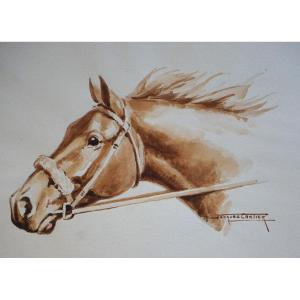
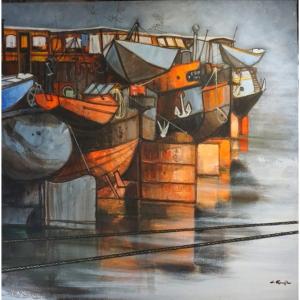





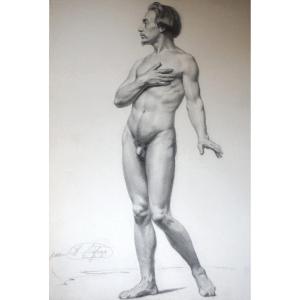


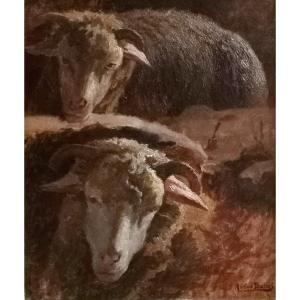
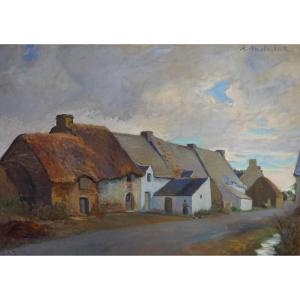

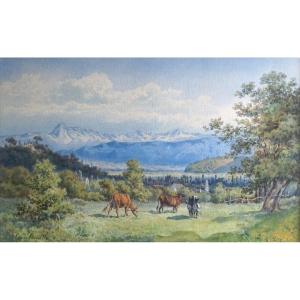

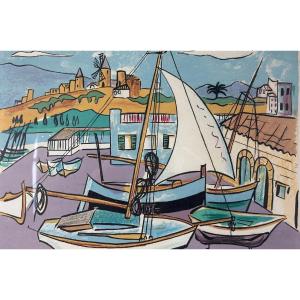


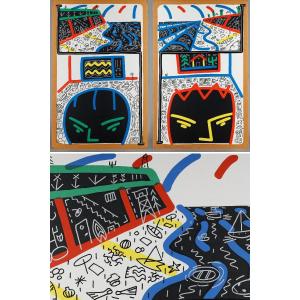




 Le Magazine de PROANTIC
Le Magazine de PROANTIC TRÉSORS Magazine
TRÉSORS Magazine Rivista Artiquariato
Rivista Artiquariato